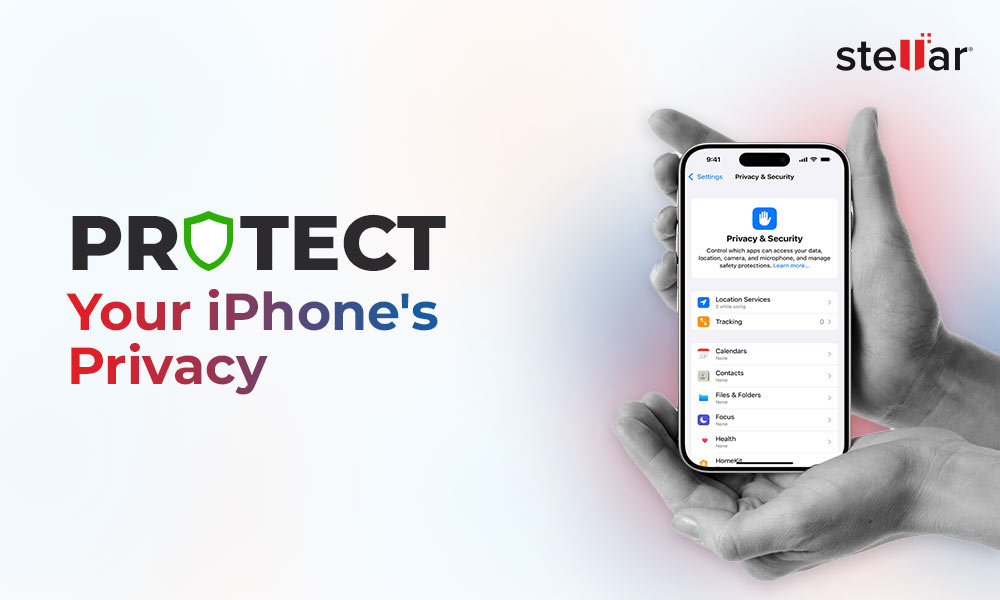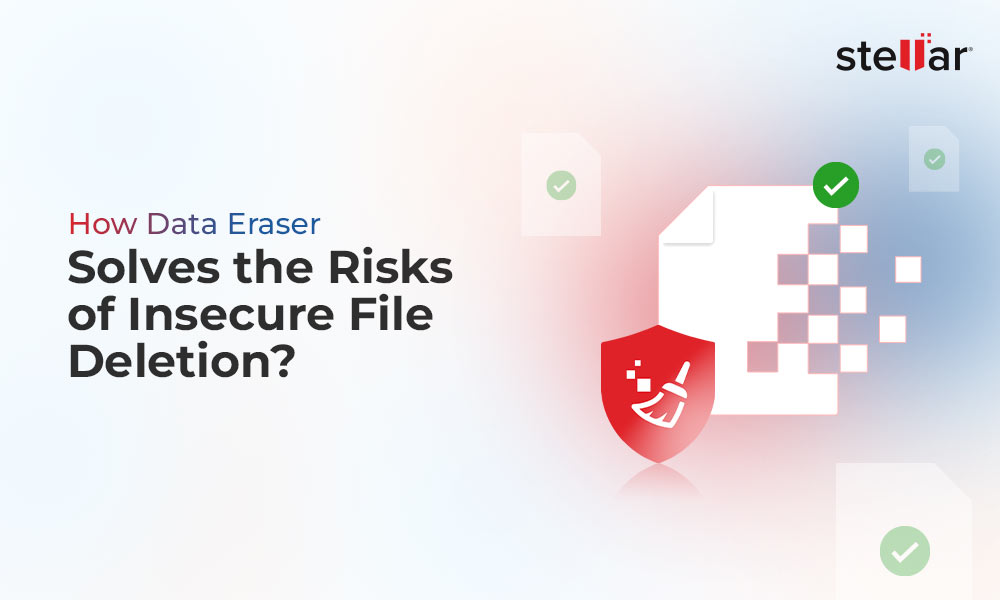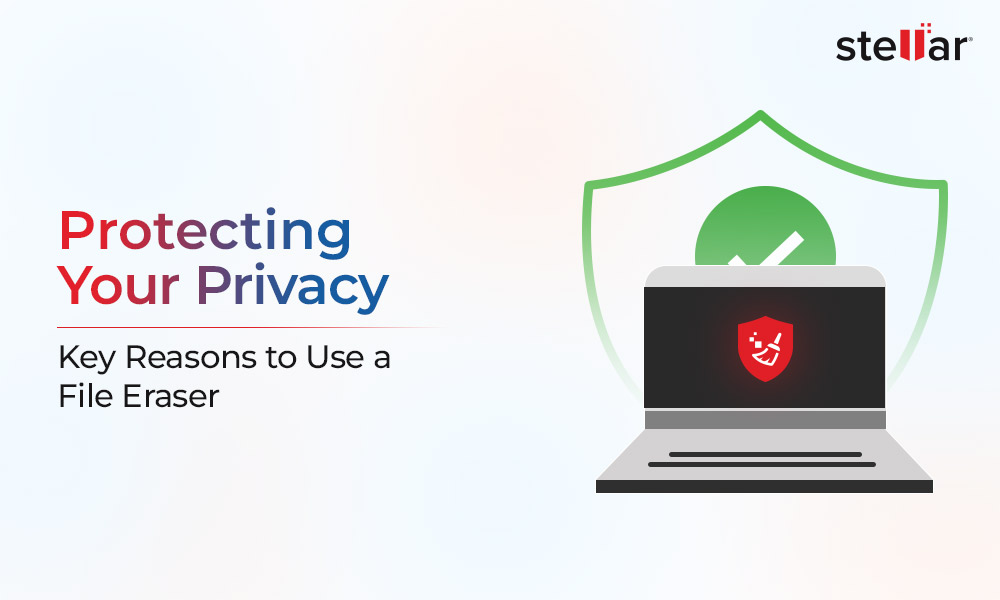Did you know virtually everything you do on the web, including browsing, social media activity, search queries, online subscriptions, and even shopping, leaves behind a trail of data that could be used to create a detailed profile of your online identity. And if exposed, malicious actors can use that information to put you at all sorts of risks.
With the growing use of the internet and the sharing of personal information online, it's important to know how your online behavior might reveal more about you than you know, why it's essential to clean up your digital footprint, and how you can do so. This blog will walk you through some key strategies for protecting your personal information online.
Understanding Digital Footprint and Why You Should Be Concerned
A digital footprint is the trail of data that you leave behind on the Internet through your browsing behavior and online activities. It includes everything: your search history, apps used, sites visited, ads clicked, and even location data. All this information is stored in cookies that you accept.
Every time you log in, you add to this digital record. You can categorize this information into three broad categories:
- Public digital footprint: This includes all open information, such as business or portfolio websites, blogs, public social media profiles, etc.
- Private digital footprint: This includes data like personal emails or messages, privately shared media files, etc. Though it is supposed to be private, it can still be tracked.
- Commercial digital footprint: It is the data collected by corporate organizations through tracking and cookies. This information is then sold to third parties or used for targeted advertising.
The amount of information contained in your digital footprint makes it easy for governments, corporations, and even individuals to monitor your online activities. Companies collect this data to sell their products to you, governments use it for surveillance, and cybercriminals may exploit it to launch phishing campaigns or commit identity theft.
How to Clean Up Your Digital Footprint?
Minimizing your digital data trail involves taking active steps to reduce the amount of personal information that you share online. Strategies on how to reduce your digital footprint are as follows:
Delete Old Accounts That You No Longer Use
Old email accounts and social media profiles may be linked to public information about your online history. This data can dwell in public data broker addresses and may still be linked to your current activities. To clean up these accounts, list all the websites and services where you’ve created accounts over the years.
You can look in your email inbox for confirmation sign-up emails to help jog your memory. Then, when you have your list, log into those accounts and go through the settings to find options to deactivate or delete them.
If you forget your password, most sites provide ways to recover or reset it. Some websites make it a little difficult to delete accounts, so you may need to check their help or support section for instructions on how to do it.
Delete Your Information from Data Broker Websites
Though there's a million ways your data could be collected when you're online, most of that data winds up in the databases of data brokers. Your info may pop up on sites you never uploaded it to, like White Pages or other people search sites.
Data brokers collect all this information from all these sources and your social media accounts to collate and sell aggregated information to anyone who will pay for it, including advertisers and political groups.
Depending on the website, you typically need to send an email or fill out an online form to manually opt out. Given the large number of data brokers, using a third-party service can be a viable option, though it often comes with a fee.
Review the Privacy Settings on Your Social Media
Your social media accounts play an active role in shaping your digital footprint. You might be publishing private details about your identity, whereabouts, and the people you associate, without even realizing it. Most social media sites share such information by default, but you can modify your settings to avoid sharing specific pieces of information with your network.
Begin by searching the settings or options menu within your social media application. Most websites have this either under a gear icon or right below the profile picture; proceed to click through to the privacy settings section, which enables you to set controls over who may view your posts, send you friend requests, or tag you in photos.
You should also change the settings at intervals in case you need a different level of privacy after changing policies or posting new content.
Use Strong Passwords and Keep Your System Updated
Always ensure that each account has a strong, unique password that can minimize damage from data breaches or password hacks. Use a random password generator for new passwords and manage them through a password manager.
Keep the OS and other software installed in your device up to date to minimize vulnerabilities that malicious actors may exploit. Increase your security further against online threats by using two-factor authentication.
Manage Your Cookies and Browsing History
Regularly clearing your cookies, cache, and browsing history enhances your privacy by limiting websites tracking your online activities. Make your online presence less traceable by managing how and when you’re tracked online.
To do this, review your device, operating system & browser’s security settings and adjust them to prevent your data from being saved or shared.
How to Completely Erase All Online Activity and Application Trails
News, email, and messaging apps retain much of your sensitive information, including activity logs, preferences, and personal details. These data trails could compromise your privacy since they are susceptible to online leaks. However, manually deleting them is impossible, so we would recommend using a file eraser software.
A file eraser software like Stellar File Eraser helps you securely wipe app traces and internet history. Use this software to erase temporary files, cookies, cache, password, etc. permanently from your browser to ensure a safe browsing experience.
Bottom Line
Cleaning up your digital footprint is vital for maintaining online privacy and security. You can limit your digital footprint by deleting old accounts that are not in use, adjusting privacy settings on your social media pages, and pulling out your details from data brokerage websites. However, for complete peace of mind, we recommend using a file eraser software – Stellar File Eraser to securely erase all the traces of your private data on any device or platform.












 4 min read
4 min read





